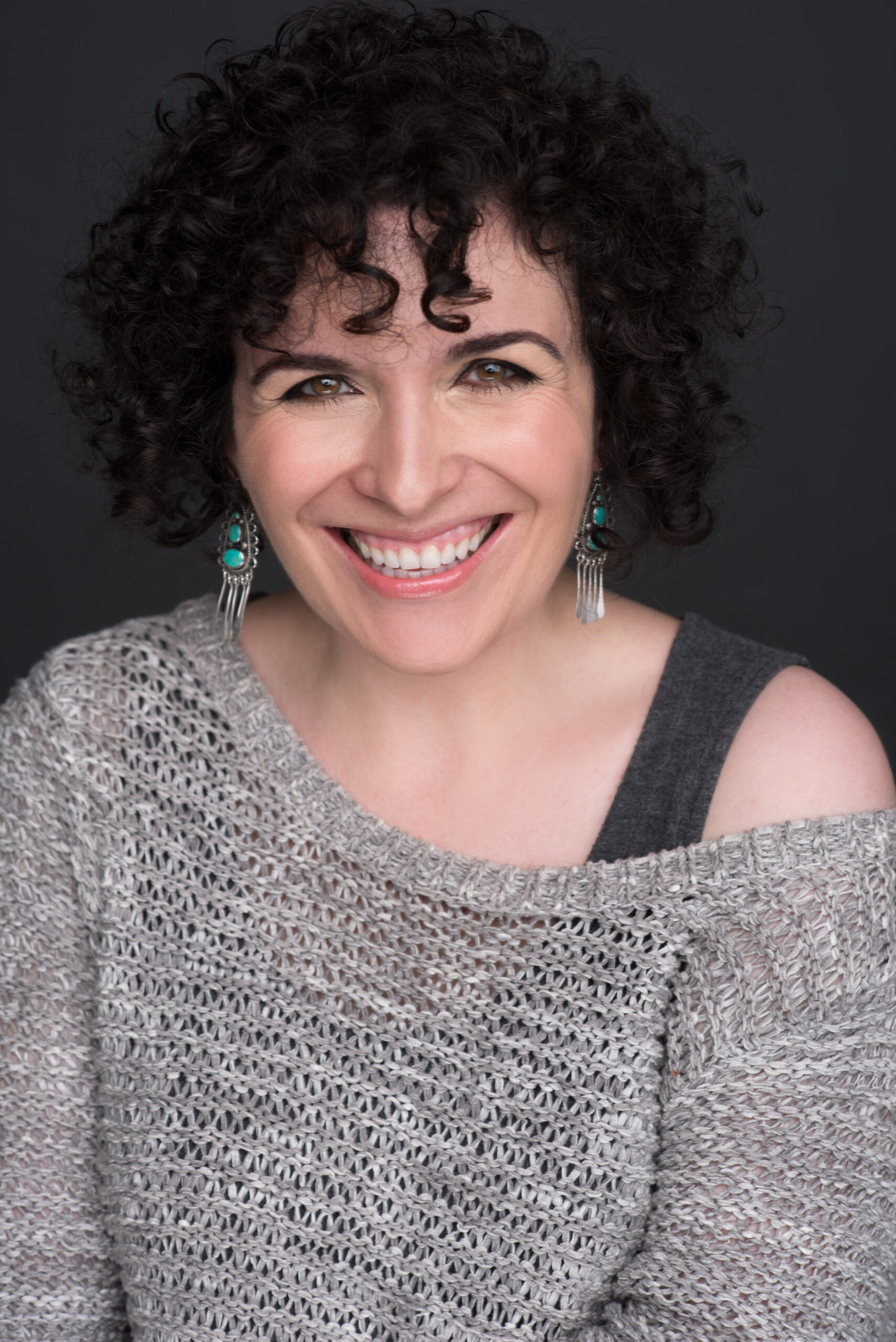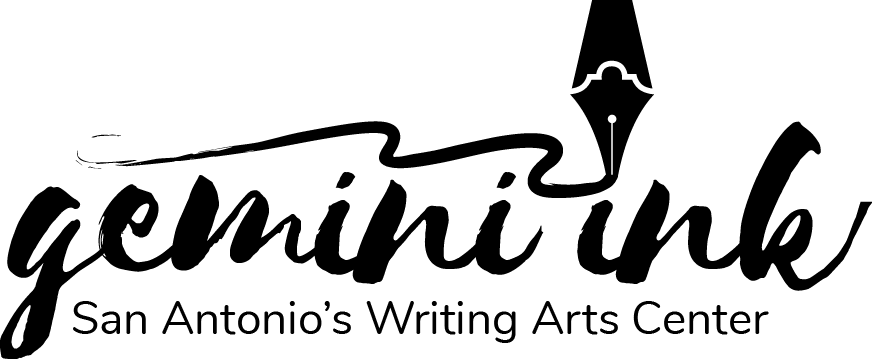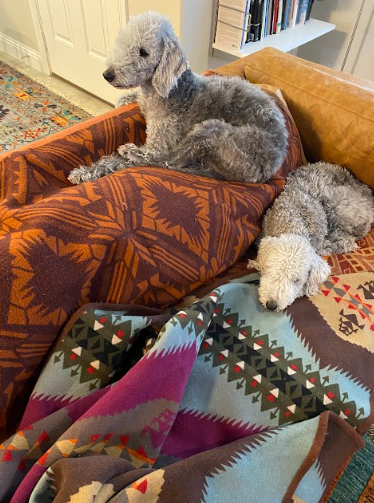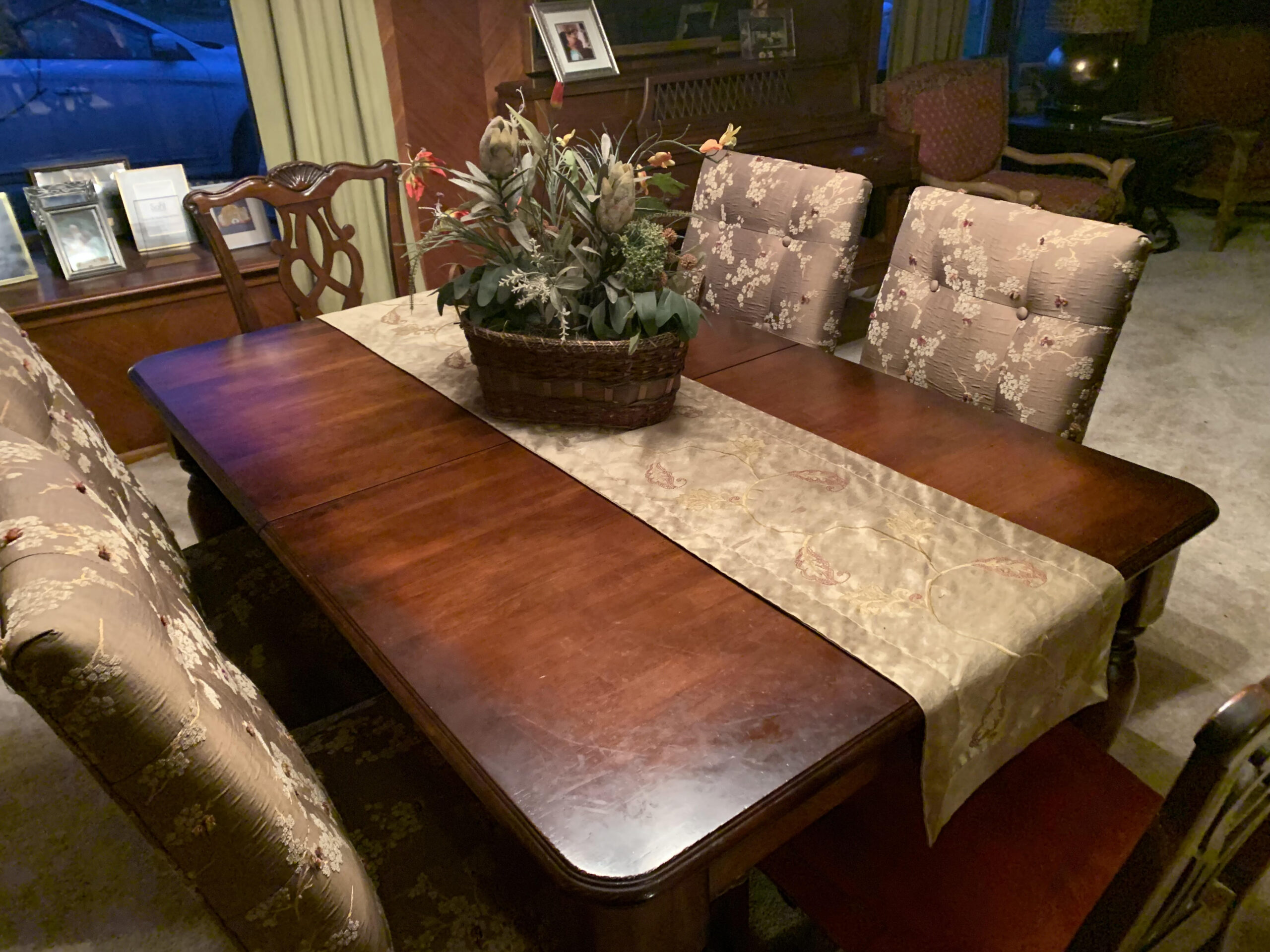The Writer’s Desk features the desks and writing practices of Gemini Ink faculty, visiting authors, teaching artists, volunteers, students, interns, staff, partners and more. Receive new posts in your inbox by subscribing to our newsletter at bit.ly/geminiinknewsletter.
Join Jehanne Dubrow on Saturday, April 20, 10am-2:30pm CST (with 30 min lunch), via Zoom for her workshop: From Description to Discovery: Personal Essays on Art. In this one-day course, participants will read examples of ekphrastic writing from across genres and go through the process of creating an ekphrastic essay.
Thank you for taking the time to answer these questions, Jehanne! We are excited to hear all about your inspirations as well as learning more about you as an author!
Please introduce yourself and describe your first writing desk
I’m the author of nine poetry collections and three books of creative nonfiction, including most recently Exhibitions: Essays on Art & Atrocity (University of New Mexico Press, 2023). My tenth book of poems, Civilians, will be published by Louisiana State University Press in 2025. My poetry and nonfiction have appeared in New England Review, Southern Review, Ploughshares, and many other literary journals. I am a Professor of Creative Writing at the University of North Texas.
My first writing desk was a very pretty, white desk with decorative blue stripes painted along its edges. It was topped with a beautiful navy-blue blotter edged in leather trim. But I never used it! I preferred to sit on the floor, comfortably scribbling and drawing, surrounded by a stack of stuffed animals, including Theodora the Bear and Princess Kitty.
Do you have a favorite place to write?
I like to sit on my living room couch, often with the television muted in the background. My two Bedlington Terriers, Lola and Bandit, like to take up most of the space and require frequent belly-rubs as well as cookies. I try to work in as casual a way as possible. I don’t make a big deal about sitting down to write, because that’s a perfect strategy for putting too much pressure on myself.
What are your habits or routines before writing?
I have no habits or routines other than the writing itself. I treat writing as if it’s a regular part of each day (which it is). I avoid romanticizing the process. Writing is as ordinary an action as is making myself a snack or taking Lola and Bandit for a walk around the neighborhood.
What is your motto? Does it also apply to your writing?
My motto is: no bloodless writing. I try to write every poem and essay from a place of passion and deep emotional investment. Usually, if a piece of writing isn’t going well, it’s because I’ve chosen to write about a topic that doesn’t really matter to me in a personal way.
In your experience as a writer, what do you think was the most challenging thing to learn?
Revision! Learning how to revise instead of merely editing a piece of writing takes practice, a belief that it’s okay if your revisions temporarily make the poem or the essay worse. The great thing about writing is that it’s not like sculpting a piece of marble. When an artist accidentally slices off the stone nose from a new sculpture, all is lost. But, if we save our early drafts, we can be experimental or even radical in our revisions, cutting and chopping without doing permanent damage to the piece. Approaching revision with an open mind and willingness to take risks can allow our work to develop in an exciting, unexpected ways
What is your next project?
To avoid boredom, I always work on two or three books at a time! I’m currently writing a craft book, The Wounded Line: A Guide to Writing Poems of Trauma, which is under contract with the University of New Mexico Press and will be published in 2025. I am also writing a new book-length essay, Frivolity: A Defense. And I’m in the early stages of a new book of poems, The Brief Temple Taken Down, which explores the relationship between the health of the body and the health of the body politic.
What inspired you to want to teach this particular workshop?
My most recent book, Exhibitions: Essays on Art & Atrocity, uses ekphrasis extensively. In working on this collection, I developed a sense of how ekphrastic writing can allow us to explore difficult, even traumatic subjects through the safety of description, analysis, and extensive research. So, I wanted to share these discoveries about ekphrasis with other writers.
How would you describe your teaching style?
I’m a very practical teacher. I like to provide clear examples and role models that students can use, concrete tools that will allow them to generate new writing and will help them to make discoveries about their own voices and their creative processes. I try to foster laughter and joy; sometimes, creative writing classrooms can feel tense, because people are so anxious about their work. But I find that laughing, taking ourselves a little less seriously, can allow us to relax and make art more easily. And I’m very focused on developing a feeling of community in the classroom. At the end of class, I hope that students have made new friends, found new kindred spirits.
If people want to learn more about your work, where should they go
They can visit my website: www.jehannedubrow.com

Jehanne Dubrow is the author of nine poetry collections and three books of creative nonfiction, including most recently Exhibitions: Essays on Art & Atrocity (University of New Mexico Press, 2023), and Taste: A Book of Small Bites (Columbia University Press, 2022). Her next book of poems, Civilians, will be published by Louisiana State University Press in 2025. Her writing has appeared in New England Review, POETRY, and The Southern Review, among others. She is a Professor of Creative Writing at the University of North Texas.



